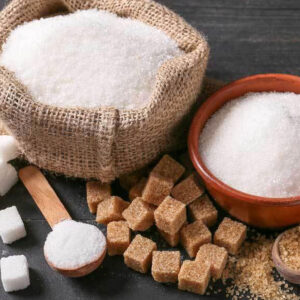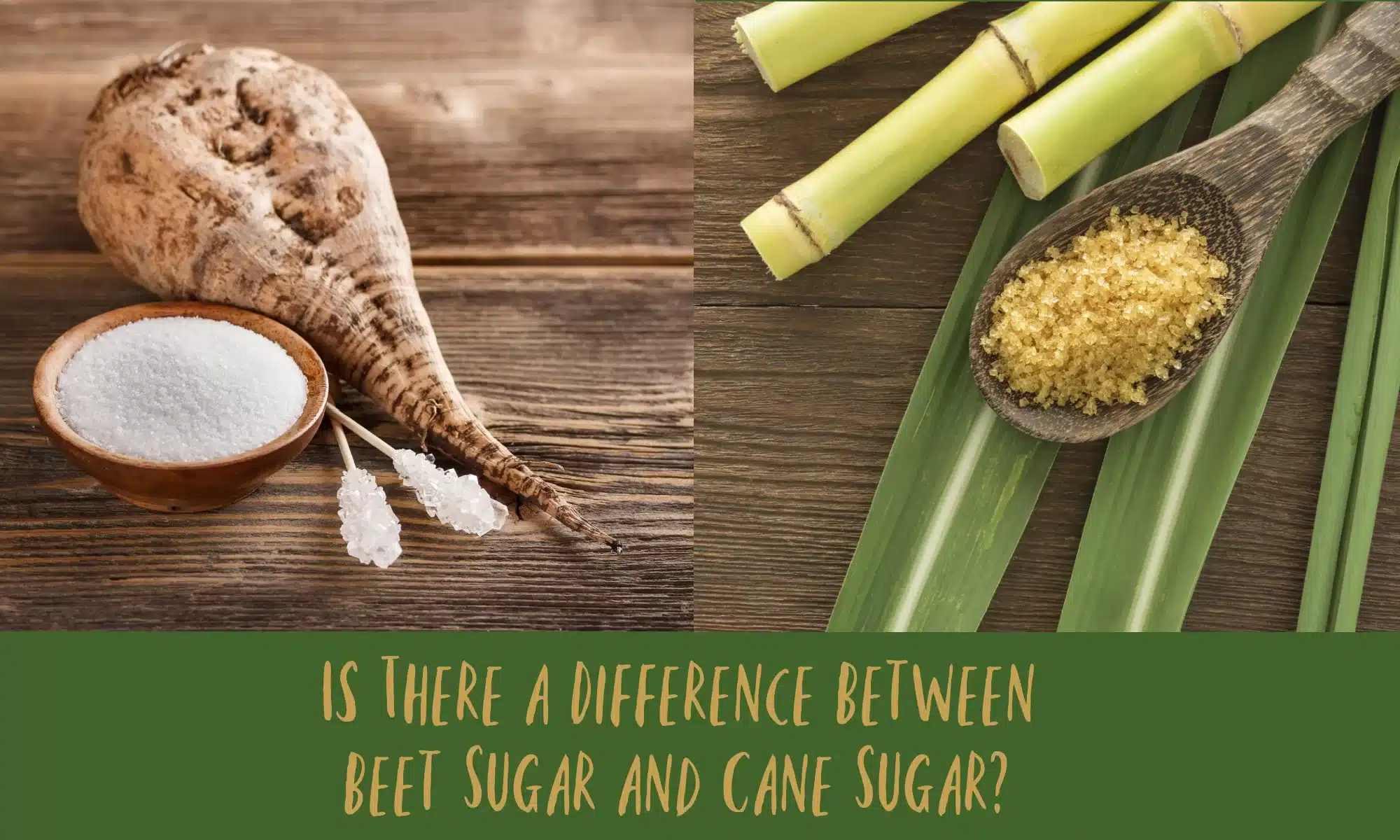The farming methods for beet sugar vs cane sugar contribute to differences in production scale.
The farming methods for beet sugar vs cane sugar contribute to differences in production scale.
Blog Article
Checking Out the Differences in operation and Advantages In Between Beet Sugar Vs Cane Sugar
In the culinary globe, the choice in between beet sugar and cane sugar is not merely regarding sweetness but entails a nuanced factor to consider of taste, application, and impact. While both sugars stem from different plants, each undergoes one-of-a-kind manufacturing procedures that discreetly affect their characteristics and viability for different dishes.
Beginnings and Manufacturing Procedures of Beet and Cane Sugar

Walking cane sugar, on the various other hand, comes from the sugarcane plant, an exotic grass native to Southeast Asia yet currently grown in tropical areas worldwide - beet sugar vs cane sugar. The manufacturing of cane sugar begins with the harvesting of cane stalks, which are squashed to release the juice.

Nutritional Content and Health Considerations

When comparing the dietary material of beet sugar and cane sugar, it becomes apparent that both kinds essentially supply the same calorie worths, with about 16 calories per tsp and no considerable nutrient diversity. Both sugars, when consumed in excess, can contribute to elevated blood glucose degrees, a risk variable for diabetes and other metabolic disorders. From a health perspective, moderating intake of any type of type of sugar, whether from beet or cane, is advisable to stay clear of these prospective unfavorable effects on health.
Taste Profiles and Culinary Applications
Regardless of their similar chemical frameworks, beet sugar and cane sugar vary discreetly in taste, which can affect their use in numerous culinary contexts. Walking stick sugar commonly carries a tip of molasses, also in its refined form, offering a cozy, caramel-like touch that improves baked items, coffee, and chocolate-based dishes. This mild molasses flavor is especially valued in the baking market for adding deepness to sweets and pastries. On the various other hand, beet sugar pop over to this site is defined by its very fine-tuned, neutral taste, making it a functional sweetener that does not modify the taste accounts of recipes. This neutrality is especially beneficial in fragile dishes, such as light breads, lotions, and some sauces, where the fundamental flavors of other active ingredients are planned to stand apart. Cooks and food makers might choose one kind of sugar over the other based on the wanted flavor result of their cooking productions.
Ecological Effect and Sustainability
While both beet and cane sugars are acquired from plants, their environmental effects vary substantially as a result of the distinct techniques of growing and processing required for each. Sugar beet growing frequently involves extensive automation, which can boost nonrenewable fuel source intake and carbon exhausts. Beets can be expanded in cooler environments and need less watering, potentially reducing water use contrasted to sugarcane. Sugarcane, on the various other hand, is normally expanded in exotic regions where it depends heavily on irrigation and a longer growing period, boosting its water impact.
Additionally, the handling of sugarcane typically produces a considerable quantity of waste, including bagasse, which, although functional as biofuel, frequently adds to air contamination if melted inefficiently. Sugar beet handling makes use of more of the raw products, leading to much less waste. Both markets encounter challenges in lowering their ecological impacts, yet ongoing technologies in agricultural practices and waste management are intending to improve sustainability.
Economic Elements Affecting the Sugar Sector
The financial characteristics of the sugar industry are considerably affected by global market needs and trade plans. In regions where sugarcane or sugar beet production is subsidized, manufacturers might have an economic advantage that enables them to use reduced next rates on the international market.
In addition, variations in global need for sugar, influenced by nutritional trends and industrial use in food products, directly influence prices and manufacturing degrees. beet sugar vs cane sugar. Climate problems likewise play a critical function, as they can considerably impact crop yields and, as a result, the supply chain. This irregularity introduces a degree of financial this post unpredictability that can lead to financial investment volatility in sugar production fields, affecting decisions from planting to market strategy
Verdict
To conclude, both beet and cane sugar have distinct top qualities that match various culinary needs. While cane sugar imparts an abundant taste perfect for enhancing baked products, beet sugar's nonpartisanship is ideal for lighter dishes. Nutritional similarities notwithstanding, their distinct manufacturing processes and ecological impacts include complexity to the option between them. Therefore, understanding these distinctions helps chefs and customers make informed choices that align with their health and wellness, culinary, and ethical choices.
Report this page